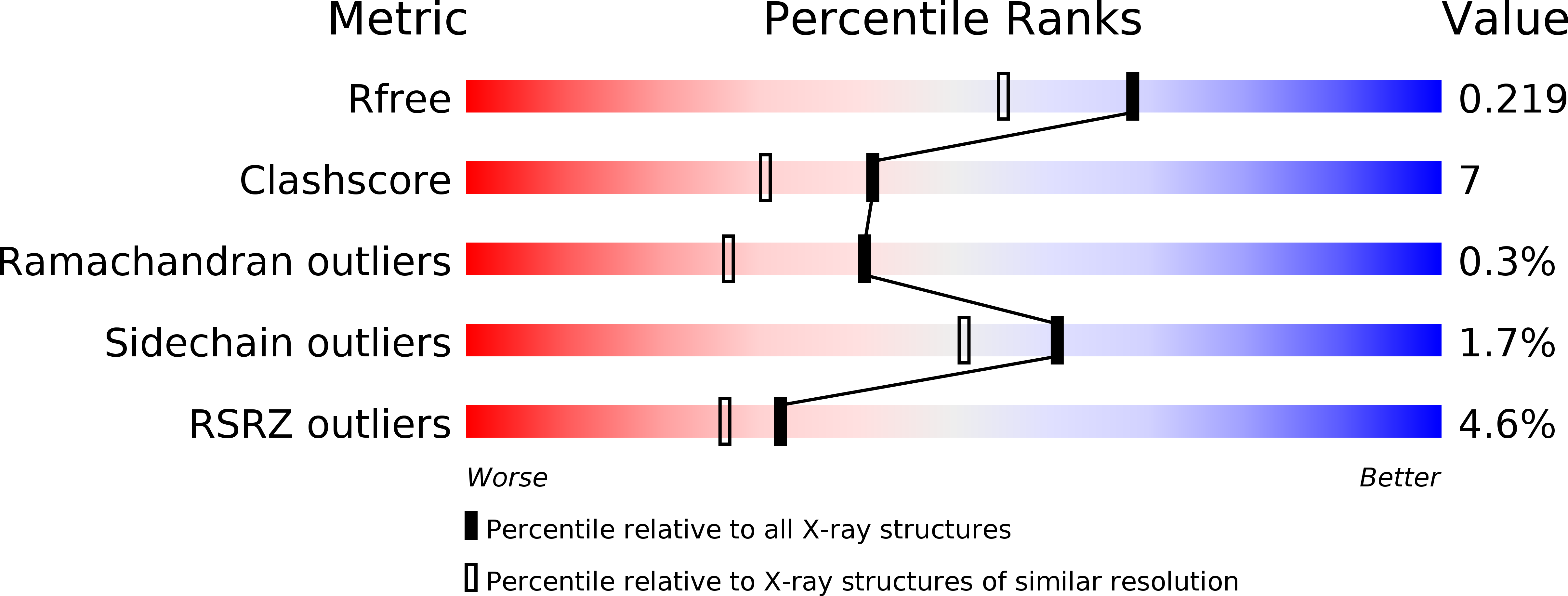
Deposition Date
2006-05-26
Release Date
2007-01-23
Last Version Date
2024-11-13
Entry Detail
PDB ID:
2DQJ
Keywords:
Title:
Crystal structure of hyhel-10 FV (wild-type) complexed with hen egg lysozyme at 1.8A resolution
Biological Source:
Source Organism:
Mus musculus (Taxon ID: 10090)
Gallus gallus (Taxon ID: 9031)
Gallus gallus (Taxon ID: 9031)
Host Organism:
Method Details:
Experimental Method:
Resolution:
1.80 Å
R-Value Free:
0.21
R-Value Work:
0.19
R-Value Observed:
0.19
Space Group:
P 41 21 2


